Jade Plant (Crassula ovata) Plant Care Snapshot
Your Jade Plant is the low-effort succulent superstar—thriving on bright light, minimal watering, and zero guilt when you forget once in a while.
Watering
Every 2–3 weeks
Light
At least 4 hours of direct sun
Growth Rate
Adds about 1–2 inches per year
Care Level
Easy-going and forgiving
Not Pet Friendly
Toxic if chewed—keep out of paws’ reach
Glossy Green Leaves & Miniature Tree Form
Jade Plant (Crassula ovata) flaunts plump, glossy green leaves that blush bright red at the tips in sunny spots—an instant mood booster on any windowsill.
As it ages, thick stems wood over into a bonsai-style mini tree (2–3 ft tall indoors), perfect for that “green roommate” vibe.
In late winter, mature Jades sometimes surprise you with clusters of tiny, star-shaped white or pale pink flowers—ideal for a quick feel-good photoshoot.
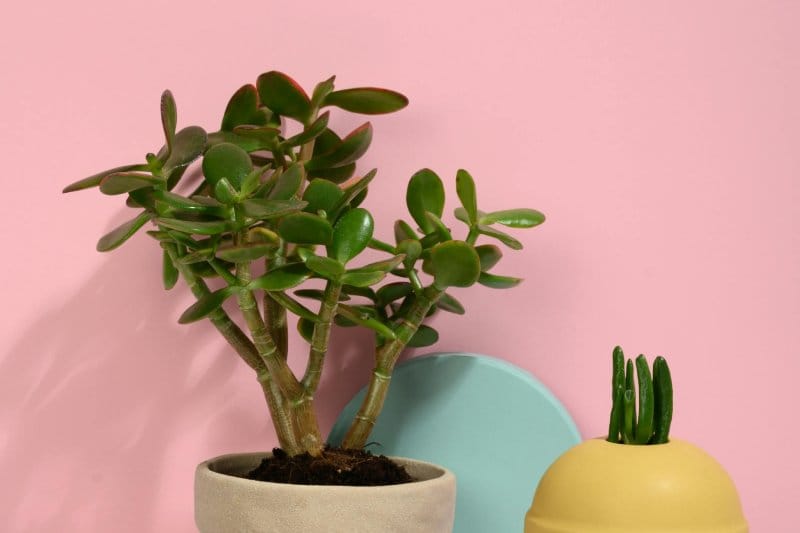
Jade Plant Plant Care & Growing Requirements
Start here for everything you need to know about keeping your Jade Plant happy and thriving—discover simple, fuss-free care steps tailored for busy plant parents.
Watering Schedule
Jade Plant thrives on a deep soak every 2–3 weeks—let water run freely through the drainage holes, then let the soil dry out completely (about 1–2 inches down) before you water again.
Quick Tips:
- Water until you see runoff to boost root health
- Use room-temperature, filtered or distilled water
- Cut back watering in winter when growth slows
- Never let standing water sit in a saucer for more than 15 minutes
Light & Placement
Crassula ovata loves bright light—ideally 4–6 hours of direct sun each day on a south- or west-facing windowsill. Rotate your plant weekly for even growth, shield it from scorching afternoon rays with a sheer curtain if needed, and consider a warm-white grow light during darker months.
Quick Tips:
- Rotate pot weekly to prevent one-sided growth
- Use a sheer curtain to soften harsh afternoon sun
- Supplement with a grow light in low-light seasons
- Pale leaves = low light; red/brown edges = too much light
Soil & Repotting
Use a fast-draining cactus or succulent mix, ideally amended with extra perlite or pumice. A terracotta pot helps wick away excess moisture. Repot only when root-bound—roughly every 2–3 years in spring—lifting the root ball gently, trimming any rotted roots, and moving up by just one pot size to avoid overpotting.
Quick Tips:
- Add extra perlite or pumice for ideal drainage
- Choose terracotta pots to absorb excess moisture
- Repot in spring, trimming away any soft or rotten roots
- Increase pot size by only one inch to prevent overpotting
Humidity & Temperature
Average home humidity is perfect for Jade Plant. Keep daytime temperatures between 65–75°F (18–24°C) and never let it drop below 50°F (10°C). Avoid cold drafts from open windows and hot blasts from vents; if you enjoy cooler nights (around 55–60°F), you might even trigger those rare winter blossoms.
Quick Tips:
- No extra humidity needed—dry indoor air is fine
- Keep away from drafty windows and heating vents
- Cooler nights (55–60°F) can encourage blooms
- Maintain a stable temperature to avoid stress
Propagation
Propagating Jade is delightfully easy. Snip a healthy stem or leaf and let the cut end callous for 1–2 days to prevent rot. Then press the cutting into moist, well-draining soil, keep it in bright, indirect light, and mist the soil (not the cutting) sparingly. You’ll usually see roots in 2–4 weeks—perfect for gifting or expanding your collection.
Quick Tips:
- Allow cut ends to dry for 1–2 days before planting
- Use a shallow tray or small pots with succulent mix
- Keep cuttings in bright, indirect light
- Mist soil lightly—avoid wetting the cutting itself
Fertilizer
Feed your Jade Plant once a month in spring and summer with a succulent-specific fertilizer (look for an NPK around 2-4-4). Use at ½ strength to avoid burning the roots. Skip feeding in fall and winter when growth slows, and flush the soil annually with plain water to rinse out any salt buildup.
- Quick Tips:
Choose a 2-4-4 or similar low-nitrogen formula designed for succulents. - Mix at half the label’s strength—Jade is a light feeder.
- Apply fertilizer only after you’ve watered (never on completely dry soil).
- Hold off feeding during dormancy (fall–winter).
- Once a year, water thoroughly without fertilizer to clear out salts.
Flower Care
Mature Jade Plants may surprise you with clusters of tiny, star-shaped white or pale pink flowers in late winter—bonus décor but certainly not required. To encourage blooms, give bright light plus slightly cooler nights; to conserve energy and keep your plant looking its best, feel free to snip off spent flowers (or any that carry a musty scent).
Quick Tips:
- Provide bright light and cooler nights (55–60°F) to trigger blooms
- Remove spent flowers to redirect energy to foliage
- Snip off buds early if the scent bothers you
- Use clean scissors to prevent introducing disease
Essentials & Stylish Accents
Here are our can’t-miss essentials to give your Jade Plant a chic home and stress-free care routine.

Miracle-Gro Succulent & Cactus Potting Mix
A fast-draining succulent potting mix that prevents root rot and keeps your Jade Plant’s roots airy—perfect for repotting or topping up.
Shop on Amazon →
5″ Mid-Century Modern Succulent Pots
Clean white ceramic planters with built-in saucers—ideal jade plant pots for showcasing your plant’s glossy leaves in Scandi-chic style.
Shop on Amazon →
Espoma Organic Cactus! Succulent Plant Food
An all-natural, low-nitrogen succulent fertilizer (2-4-4 NPK) that strengthens roots and woody stems—use monthly in spring/summer at half strength.
Shop on Amazon →
Decorative Top-Dressing Pebbles
Natural river stones for top dressing that prevent soil splash, deter gnats, and give your Jade Plant’s pot a polished finish.
Shop on Amazon →As an Amazon Associate, I earn from qualifying purchases—thanks for supporting our plant guides!
Foliage & Close-Up Gallery
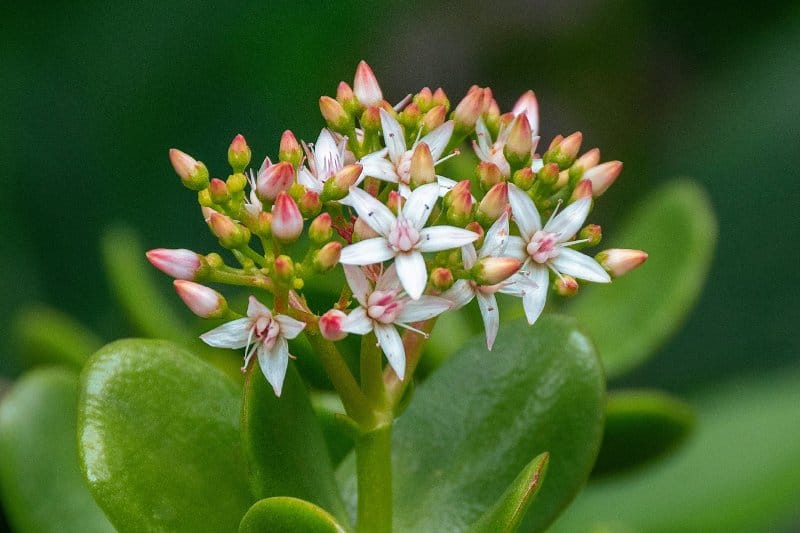
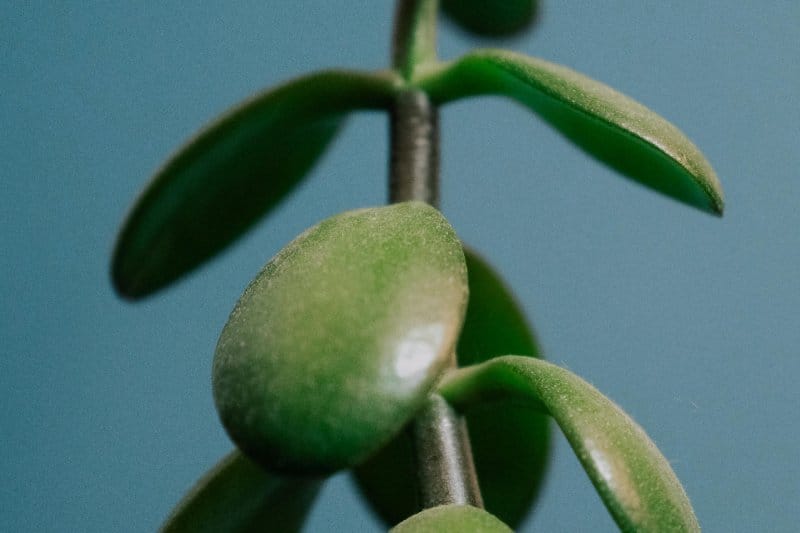
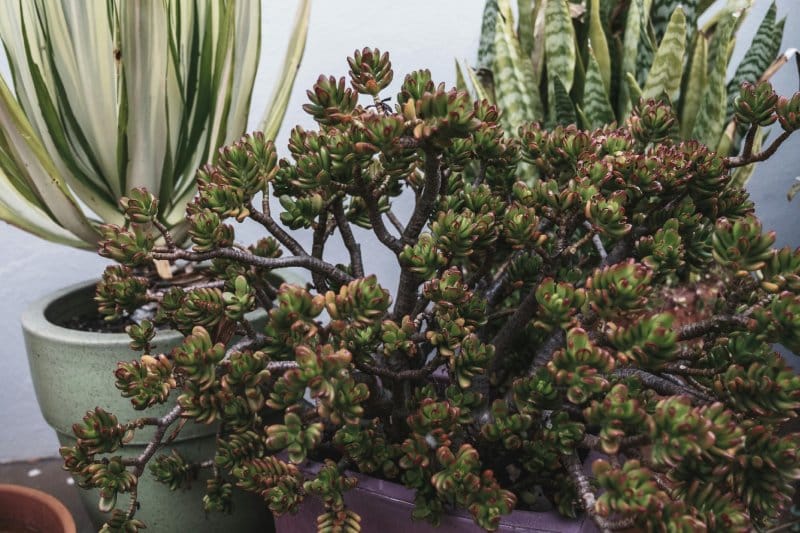
Jade Plant (Crassula Ovata) Got Questions? We’ve Got Answers
Does a Jade Plant need direct sunlight?
Your Jade Plant thrives on bright light—aim for 4–6 hours of direct sun each day (morning or filtered afternoon works best). Too little light makes it stretch out; too much harsh midday rays can scorch.
How often should I water my Jade Plant?
Think “soak and snooze”: water deeply every 2–3 weeks, then let the top 1–2″ of soil dry out completely before you water again. In winter, cut back even more—Jades rest and barely sip.
Why are the leaves falling off my Jade Plant?
Leaf drop usually means stress—overwatering (root rot), underwatering (drought), sudden temp dips or drafts, or low light. Check your soil moisture, light levels, and keep room temps steady around 65–75°F.
When should I repot my Jade Plant?
Only when it’s truly root-bound—around every 2–3 years in spring. If you see roots poking through drainage holes or soil that dries out in a day, move up by just one pot size using fresh succulent mix.
What does an overwatered Jade Plant look like?
Warning signs: soft, translucent leaves; yellowing at the base; black or brown spots; and a musty soil smell. If you spot these, let the soil dry fully, cut back on watering, and trim away any mushy roots.
How do I encourage my Jade Plant to grow bushy?
Pinch or trim stem tips just above a leaf node during its growing season. This little snip sends energy into side shoots, giving you a fuller, more compact mini-tree.
Can I keep my Jade Plant outdoors in summer?
Absolutely. Gradually acclimate it to bright outdoor light (no sudden sun shock) and bring it inside before nights drop below 50°F. A shaded patio or balcony is dreamy for summer growth.
Conclusion
You’ve got everything you need to help your Jade Plant (Crassula ovata) look its best—from soak-and-dry watering to those cheeky winter blooms. With bright light, well-draining soil, and a little pruning love, your green roommate will reward you with glossy leaves and that mini-tree charm.
Loved spotting those star-shaped winter flowers? Explore our guide to other winter-blooming houseplants to keep your home bright when it’s chilly. Or, if you’re all about fuss-free greenery, dive into our roundup of low-maintenance houseplants next—perfect for busy plant parents like you!

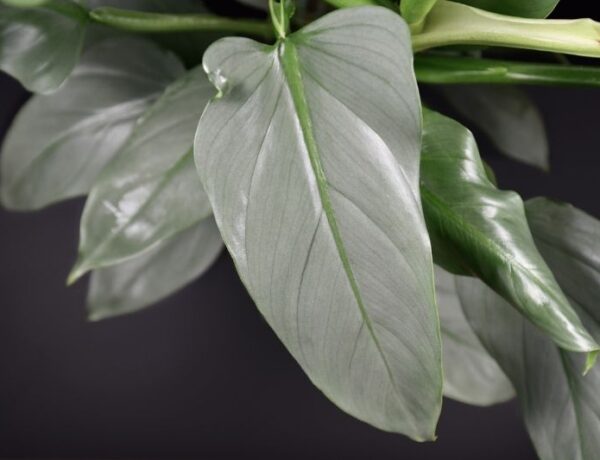
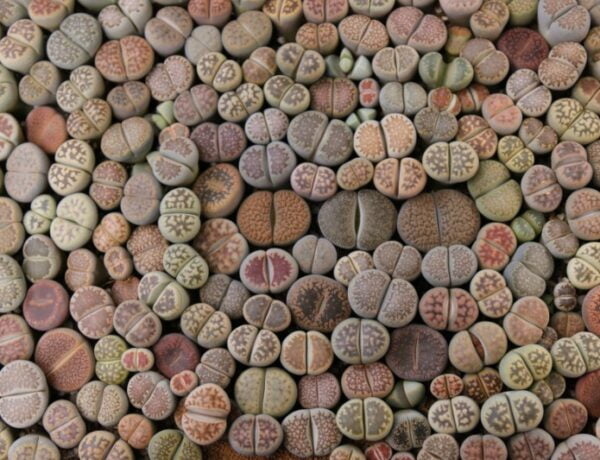
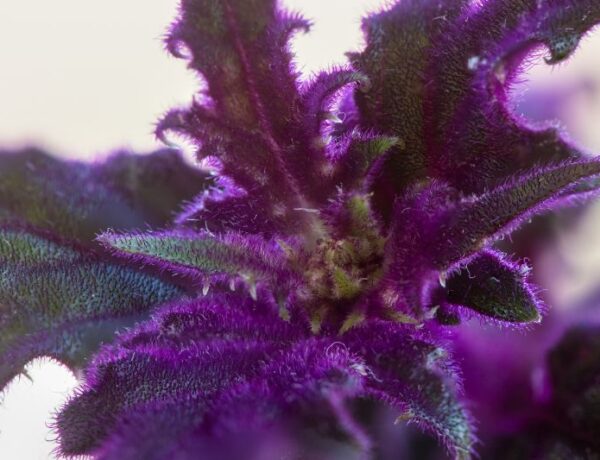


No Comments